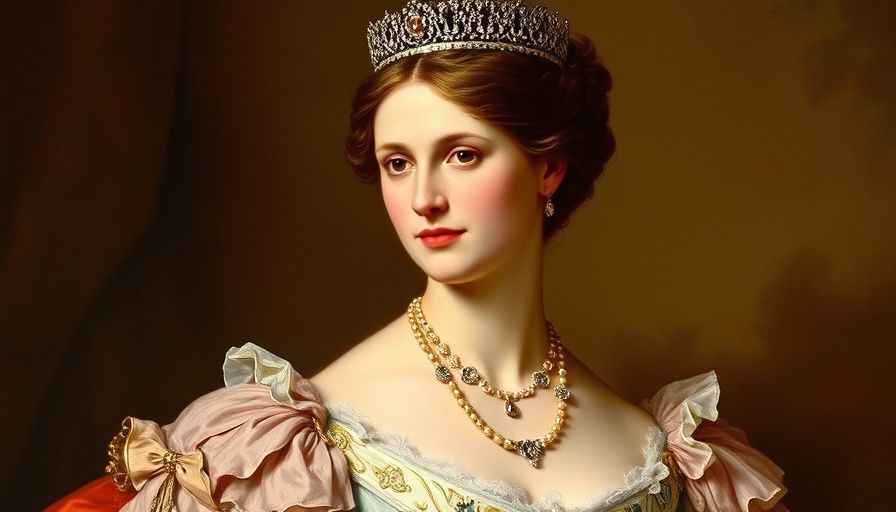
Unpacking the Myths Surrounding Empress Elisabeth of Austria
Often remembered as the reluctant empress "Sisi," Elisabeth of Austria was a figure whose life was as captivating as it was complicated. Her image was meticulously crafted not just for the court, but also for the public, shaping perceptions about her long after her death. Today, these carefully constructed myths continue to influence her legacy, as well as popular portrayals such as the recent Netflix series “The Empress.”
Historical Context and Background
Elisabeth’s story is more than one of royal glamour and beauty; it is set against a backdrop of vast political and cultural changes in 19th-century Europe. Born into the Wittelsbach family in 1837, she was thrust into the Habsburg court at the age of 16, marrying Emperor Franz Joseph I of Austria. This marriage, however, came with enormous expectations and pressures, including the need to produce heirs and perform as a political figure, neither of which aligned with her personal desires.
The Crafting of a Legend
Elisabeth was acutely aware of her image and actively shaped it. She famously rejected expectations, opting for a lifestyle that included extensive travel and a love for the Hungarian people. Unlike many of her contemporaries, she often favored comfort over opulence. The public's fascination with her beauty and unconventional persona was so powerful that it overshadowed her struggles with mental health and the limitations of her role, leading to a narrative that is more fairy tale than reality.
Modern Retellings and Their Impact
Modern portrayals of Elisabeth in popular media often embellish her life, shifting her image from a complex woman caught in the trappings of royalty to a feminist icon. Shows like “The Empress” present her not only as a beauty but as a capable and outspoken individual. While engaging, these interpretations sometimes lack the nuance necessary to understand the pressures she faced as empress.
Counterarguments and Diverse Perspectives
Historians argue that while popular adaptations can draw interest, they often simplify Elisabeth's experiences. Movies from the 1950s, for example, offered a sanitized version of her life that glossed over the darker truths of royal existence, such as the immense scrutiny and loneliness she faced. This raises the question: does the romanticization of historical figures dilute our understanding of their true experiences?
Relevance to Current Events and Following Her Legacy
As the public's interest in royal life persists, Elisabeth's story resonates today more than ever. In an age where social media often dictates public narratives and images, Elisabeth's life serves as a cautionary tale. It invites a broader conversation about how individuals balance personal identity against public expectation, a struggle that many face in modern contexts, especially in a city known for its vibrant cultural scene like San Diego.
Unique Benefits of Knowing This Information
Understanding the myths surrounding Empress Elisabeth helps us appreciate the complexity of historical women and the societal norms that shaped their lives. By recognizing the layered narratives of figures like Elisabeth, we enrich our understanding of women’s roles in history and their enduring legacies.
For residents of San Diego, the historical nuances in Elisabeth's life correlate to local discussions about gender, identity, and representation in an ever-evolving world.
Conclusion
Elisabeth of Austria’s life and legacy presents a compelling exploration of history, beauty, and the challenges of royal expectations. By examining her story beyond the myths, we gain valuable insights not only into her world but also into contemporary issues of identity and representation. It’s essential to keep these complexities alive in our discussions, fostering a deeper appreciation for the stories of those who shaped our past.
 Add Row
Add Row  Add
Add 




 Add Row
Add Row  Add
Add 

Write A Comment